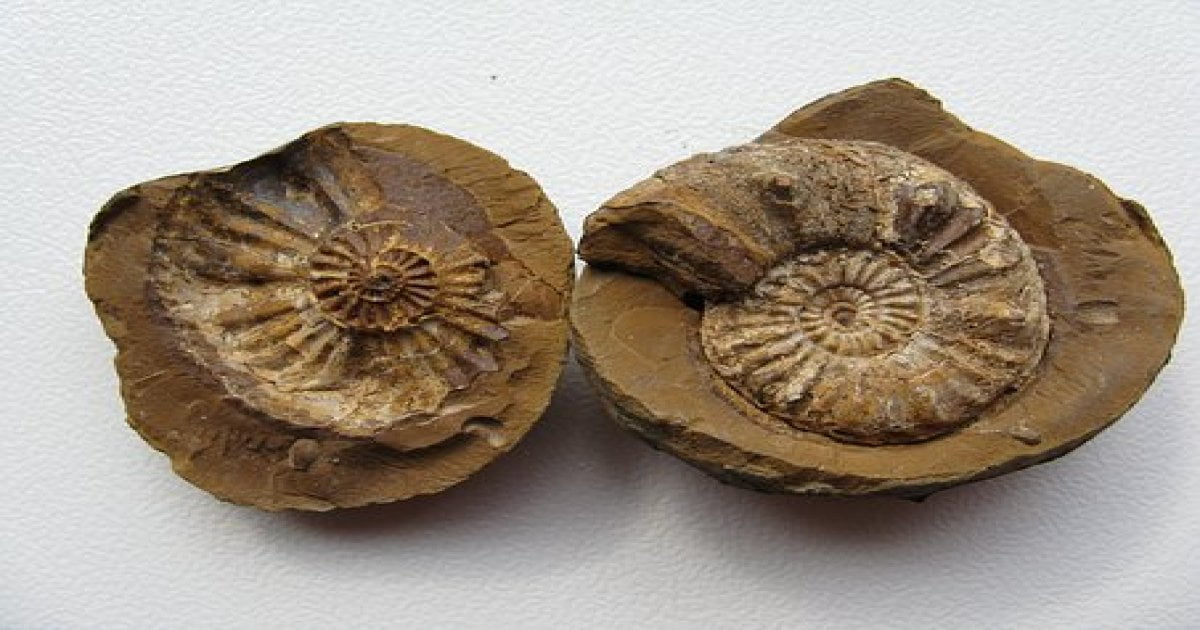Exploring Morocco’s Fossils: A Geological Treasure Trove
Paleontological and mineralogical specimens can be found virtually squeezed into the Fossils in Morocco south of the Atlas Mountains, and the locals’ entrepreneurial spirit has helped scientists and collectors. The ancient Bedouins picked up hammers and shovels and almost flooded the world market with fine finds as they realized right away that removing, processing, and selling fossils would generate far more money than digging in the dry dirt.
However, not every cargo is exported; a number of outstanding artifacts are kept in their original locations and are on display in a number of tiny museums. Nearly the entire journey from Erfoud to Rissani is lined with private museums. The owner of each museum will take you on a tour of well-known paleo-points while also showing you samples and almost certainly trying to sell you something. A few kilometers outside of Erfoud, one of these museums is noticeably bigger and more interesting than the others.
Unique Museum-Gift Shop Blends
In contrast to the displays we are used to seeing in Europe and Russia, there is no discernible difference between a museum and a gift shop: they blend perfectly into one another, and the items on the shelves that are for sale include just as many fascinating specimens as the ongoing display. Furthermore, it appears that the latter is not permanent and is never for sale.
One little hall serves as the home to the great majority of the collection. There are long rows of shelves with exhibits arranged chronologically rather than glass cases. Of course, the Cambrian, Ordovician, Silurian, and Devonian periods dominate the region due to the constantly evolving trilobite species they produced.
The trilobites and the important paleontological sedimentary rocks on the country’s territory eventually disappeared around the end of the Paleozoic. Less material from the Mesozoic has been preserved, mostly in the form of plaster casts of American objects.
Lighting and Photography
The curator was a kind and unassuming young man who welcomed us, gave us a quick overview of the museum, and allowed us access to the racks containing the finds that no one could manage. It is a falsehood to claim that the lighting in the museum is poor when there is none. However, since we had total mobility, we could easily direct the Phoenix’s blinding beam to capture photographs wherever we wanted. The Phoenix is a potent pocket “spotlight.”
The Erfoud Museum’s exhibit of Fossils in Morocco is magnificent. Examples include a finely dissected animal with a dense forest of long, coiled spines on its back or a long procession of trilobites arranged in a beautiful line before being suddenly buried by a landslide while migrating to a better location. These examples seem absolutely unreal.
Racks of specimens for sale are placed after the paleontological exhibits, which are numerous but not as fascinating as the former. Boxes containing mint specimens, souvenirs, and inexpensive items made of fossils are shown beside one-of-a-kind specimens that cost several thousand dollars. Following that, you can go to the courtyard, which is filled with stones and is where the preparers work. By the way, you may purchase an intriguing unpatterned specimen that was pulled out from under a chisel or dremel right there on their workstation.
The museum is very interesting and impressive with its unique collections, allowing one to get a much closer look at the world of Fossils in Morocco despite the lackluster presentation of the finds (for instance, a massive slab of echinoderms worthy of the world’s best museums stands on crumpled newspapers right on the tiled floor).

